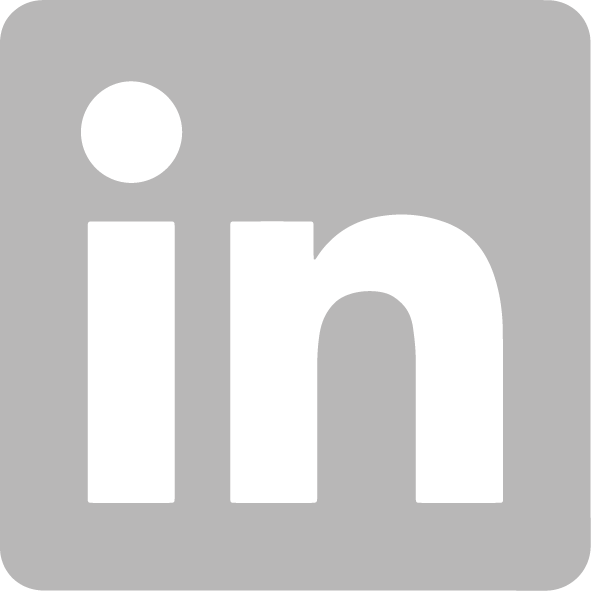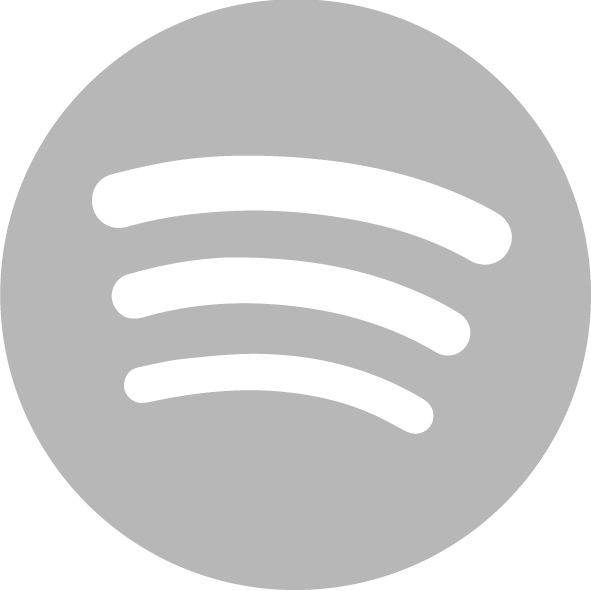History of ICT in Hospital Jihlava
Department description
From the history of the Computing Centre of OÚNZ / Hospital Jihlava
I joined OÚNZ Jihlava after graduating from the Czech Technical University in Prague in 1984. I was studying medical electronics, which at that time opened in Prague every two years. At the then District Institute of National Health, I took up medical technology as a third non-medical undergraduate. The most senior was ing. Josef Svátek, who was engaged in administration and worked in the technical department of the Directorate of the OÚNZ. His concern was the purchase of medical equipment and everything related to it. The second professional colleague was ing. Jaroslav Bártl, who was engaged in repairing some equipment and his domain was mainly domestic electrical equipment used in the hospital and by individual employees. Medical electronics, as I studied it and as we understand it today, was then in its infancy in Jihlava. I could almost say that my employer did not know how to deal with me.
Every cloud has a silver lining. Until I started my one-year military service, I did a tour of all departments that used electronics at least marginally. That is, mainly ARU, ICU, surgery, internal medicine, and also nuclear medicine, hematology and biochemistry laboratory. The radiology department was then almost exclusively managed directly by technicians from the contractors. At that time, there was not a single computer in the entire A&E department, nor was there CT or NMR, and most of the diagnostic equipment was based on analogue technologies. I am referring, for example, to ECG monitors, EEG monitors, analysers in the laboratories or imaging technology in the X-ray or nuclear medicine departments.
After returning from military service, much has changed. Mainly, there was a change of personnel in the management of the hospital and OÚNZ. With the new management, which was of course then very intertwined with the party structure, came the effort to find new approaches and, above all, to show results in the so-called reconstruction. Suddenly, conditions changed as if by magic. I started as a technician in the clinical biochemistry department, where, in fact, there was no need for another technician. Everything was handled excellently by the then chief laboratory technician Jaromír Meduna, who was extremely experienced and also extremely manually skilled. But I was given the free task to see what could be done differently and with new technologies, not only in the laboratories. Dr. Zeman, the then director of OÚNZ, and the technical deputy Ing. Havran let me come up with new ideas and did not try to stop me in any way, except for money. I couldn't decide about that. However, coincidentally, there were also ambitious doctors in other departments at that time who wanted to show their bosses that they could do something new, to their greater or lesser delight. One of the first things was the introduction of implantable pacemakers. Dr. Pavel Svítil and Dr. Jaroslav Šihan approached me with a request to provide technical support for a new procedure in Jihlava and I gladly took it up. Gradually, I started to concentrate all activities related to new procedures and technologies on myself. My enthusiasm when the first eight-bit microcomputer from the production of JZD Slušovice appeared in the hospital is already funny today. I tried to secure new technology as much as possible. Purchases through the then TUZEX and through second-hand shops, successive purchases of TESLA osmibit computers for one-off deployment for laboratory calculations, up to the then incredible problems with buying equipment from abroad. That would be a different story.
Around the turn of 1986/87, the idea of creating a separate department devoted only to medical electronics and the emerging computers was gaining momentum. I don't know exactly when, but one day this department came into being and I was fortunate enough to head it, and unfortunate enough to be the only employee. There were no people, so that was an additional task to all the activities. Getting and convincing future co-workers that the job had a purpose and a future. From the then Computer Technology Enterprise we managed to drag a colleague and excellent technician Vladimír Pánek, from the accounting department came an incredibly enthusiastic and fast-learning Jaroslava Vítkovičová and from the Institute of Microelectronic Applications in Prague a designer ing. Milan Vilímek. It was quite a disparate bunch who went to do something interesting and new for minimum wages. We were given one cell in the then pavilion for long-term patients, on the fourth floor, which was then used by the rehabilitation inpatient ward.
Laboratory information systems, from eight-bit computers to the first PCs, the beginnings of electronic communication with individual departments, the gradual creation of economic agendas, the deployment of PCs in diagnostics and therapy, all of this was created on about fifty square meters, where we stumbled over cables, technology, various interfaces and stacks of scientific literature. The result was not only dozens of different improvement proposals for which we were awarded and invited to various hospital and university departments or one world patent, but also an incredibly good feeling of work and the team we created.
After November 1989, I left the department for the private sector and later the public sector. However, memories of the beginnings in OÚNZ Jihlava, of my colleagues at that time, not only in our department, but of all those who participated in our activities, still remain with me to this day.
Prague, 12 April 2011
František Dohnal
President of the Supreme Audit Office
Addition after a request for clarification:
About the patent - it was practically impossible to have a patent back then, it was obtained by the socialist state. The author received a so-called copyright certificate. In this case it has the number 240218, issued by the Office for Inventions and Discoveries in Prague on 15.3.1988. The holder is František Dohnal, Jihlava Title: Device for synchronization of line interleaving in scintigraphic diagnostics.About the patent - it was practically impossible to have a patent back then, it was obtained by the socialist state. The author received a so-called copyright certificate. In this case it has the number 240218, issued by the Office for Inventions and Discoveries in Prague on 15.3.1988. The holder is František Dohnal, Jihlava Title: Device for synchronization of line interleaving in scintigraphic diagnostics.
I didn't keep the others. Lots of pacing products, "interfaces" to lab instruments, "gadgets" for PCs, dozens of things...
Patent - The description of the invention for the copyright certificate can be seen here





